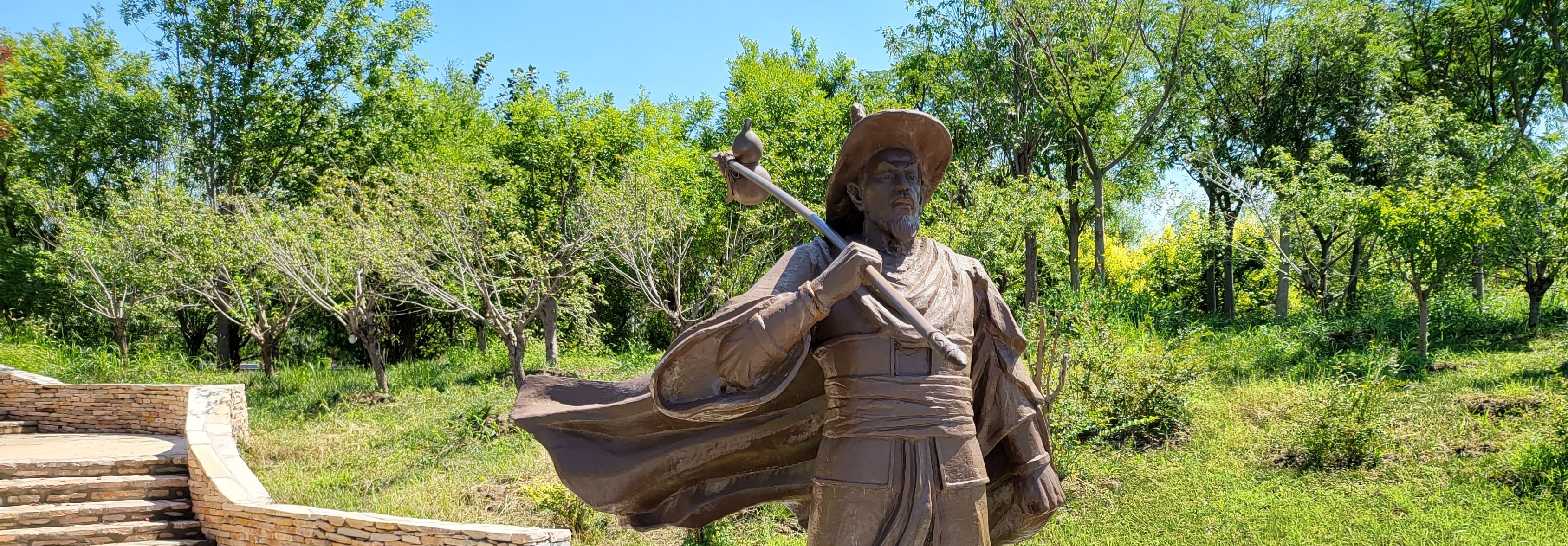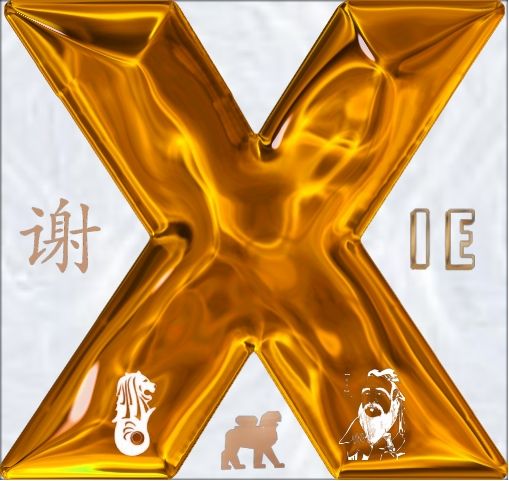Water in Rome
E phatlaladitšwe: 20.05.2024
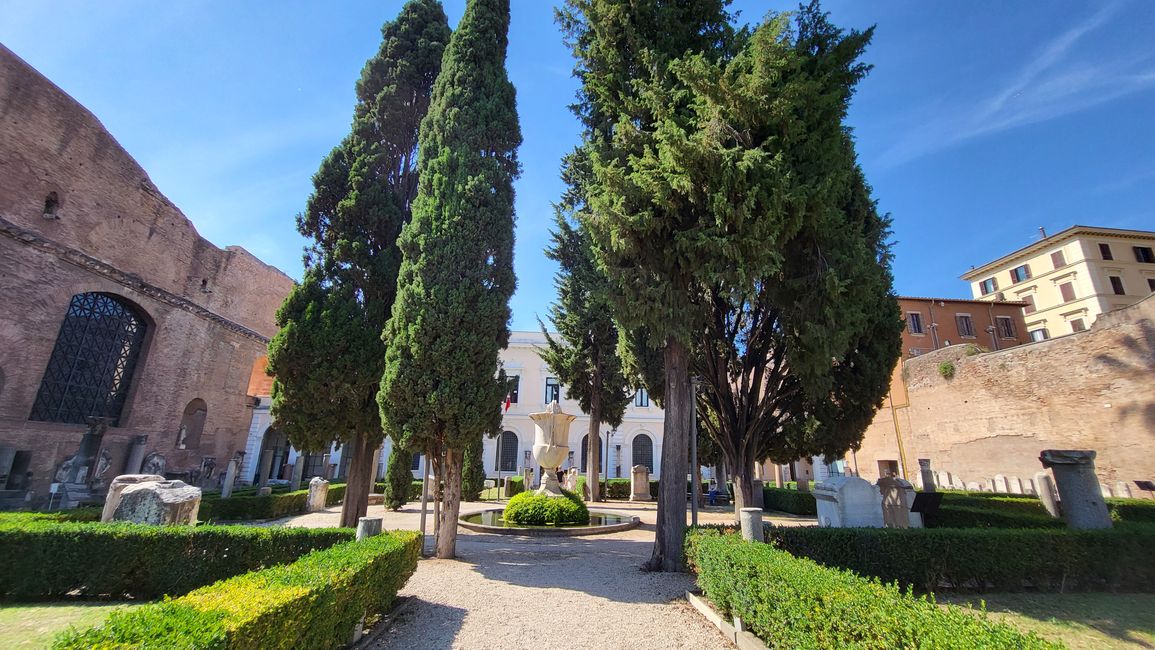
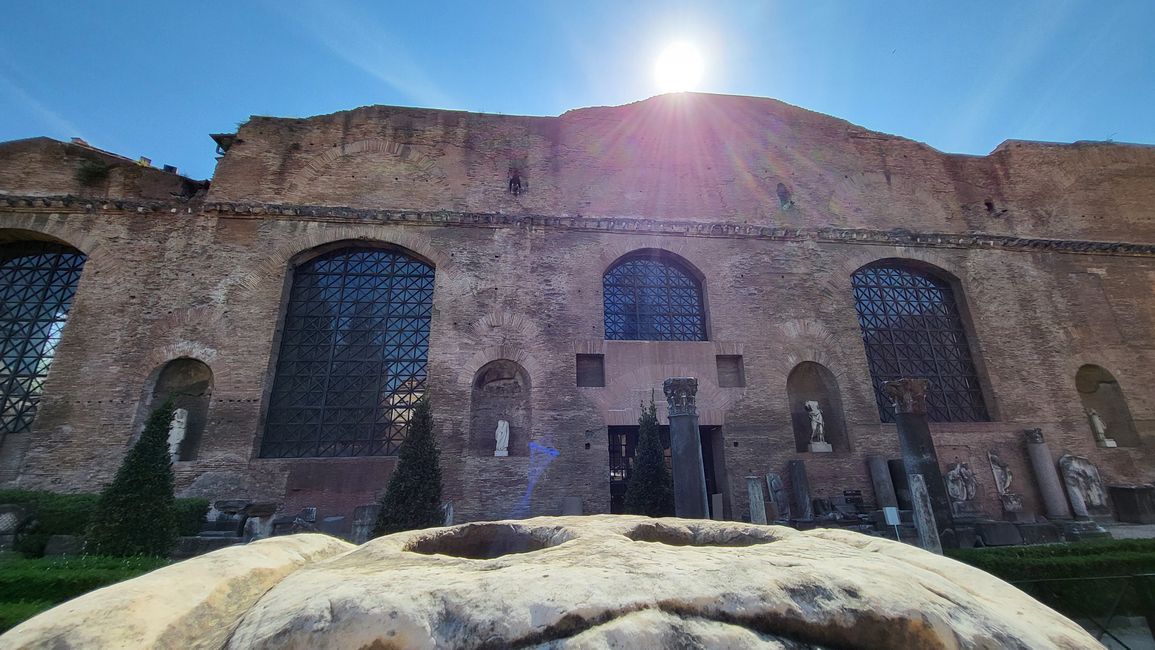
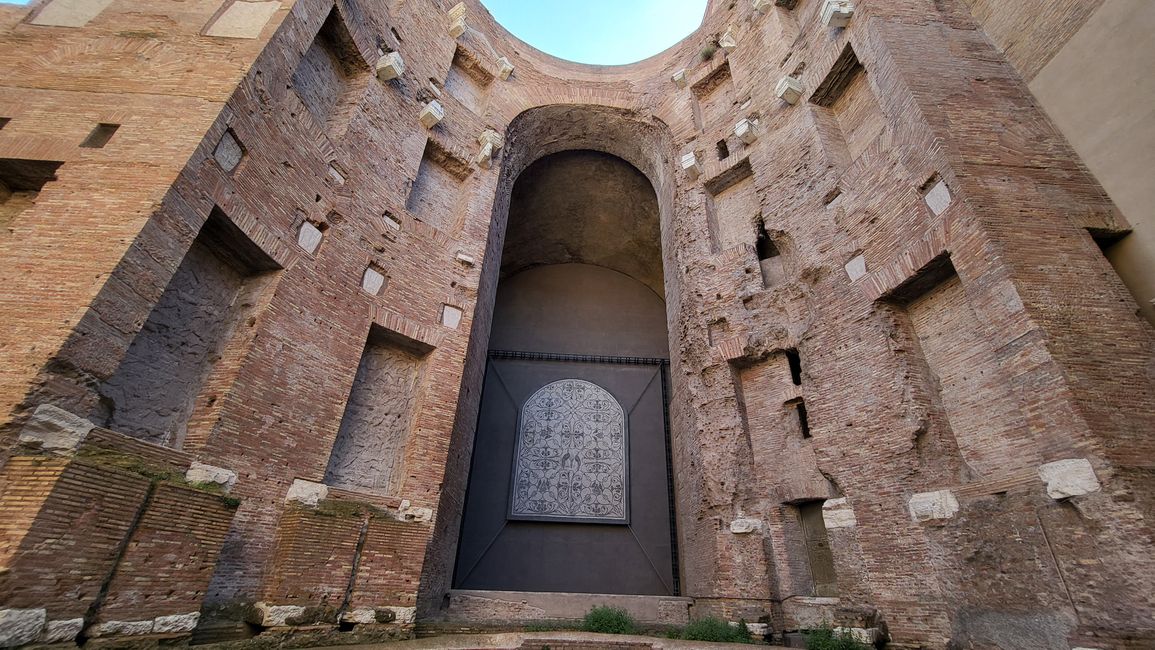
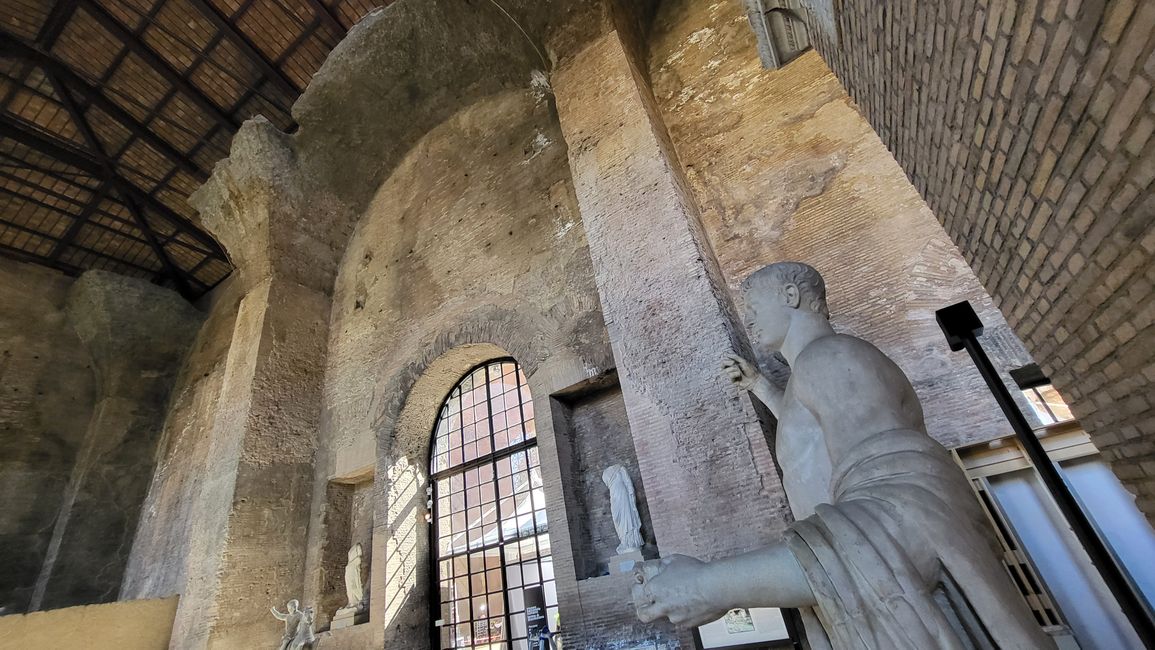
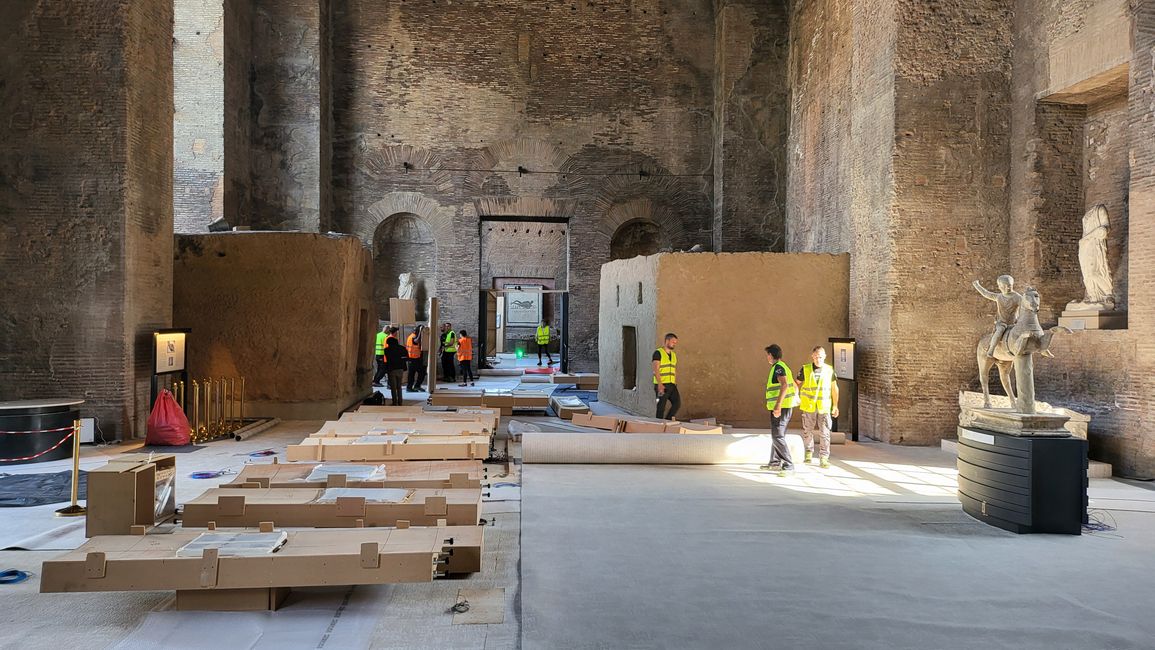
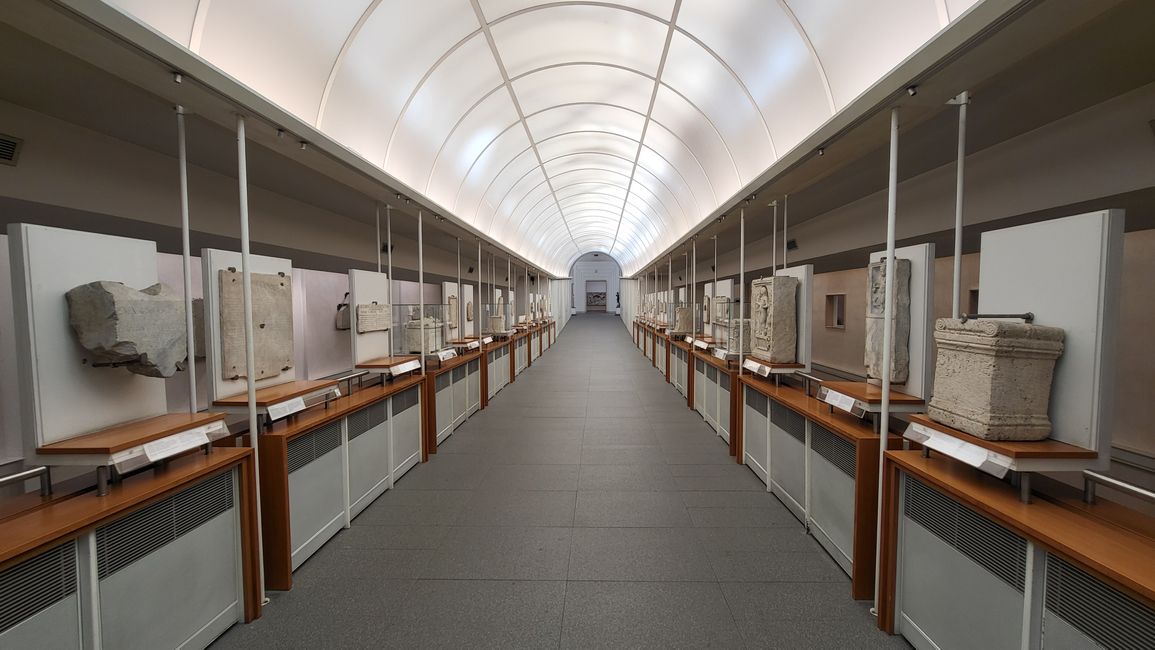
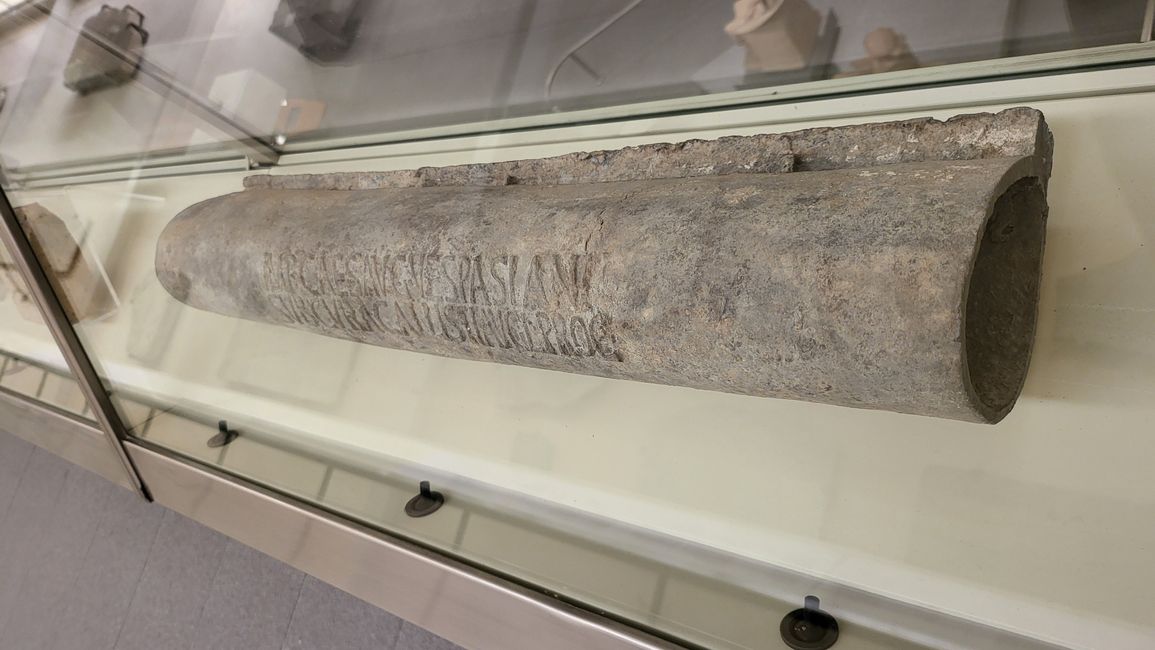
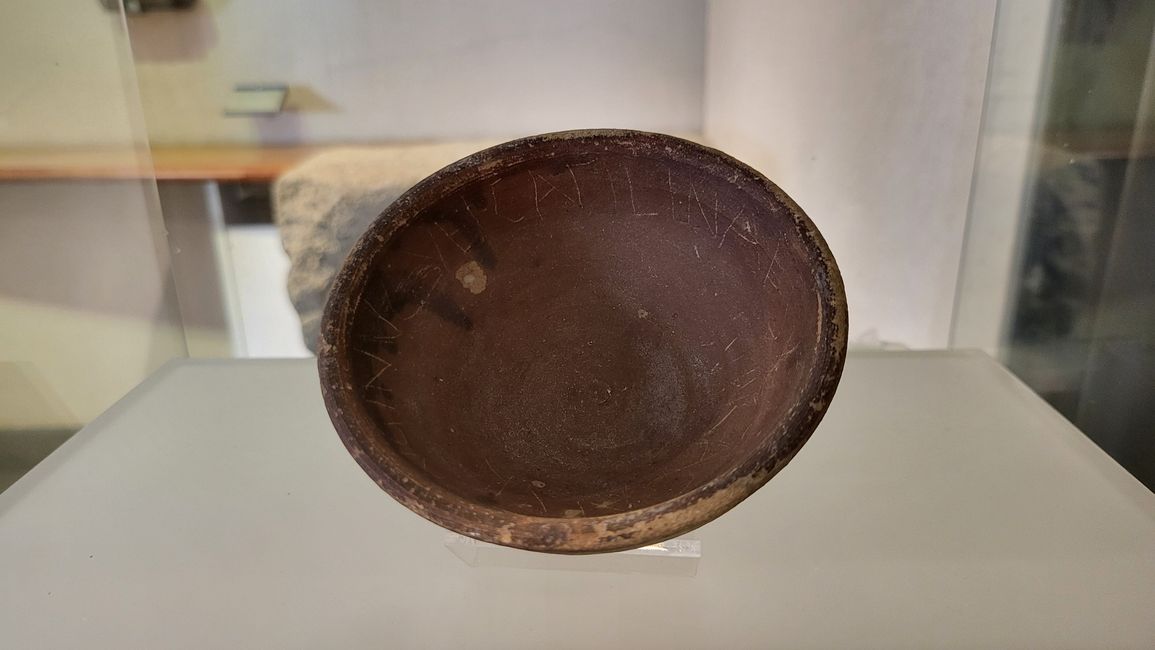
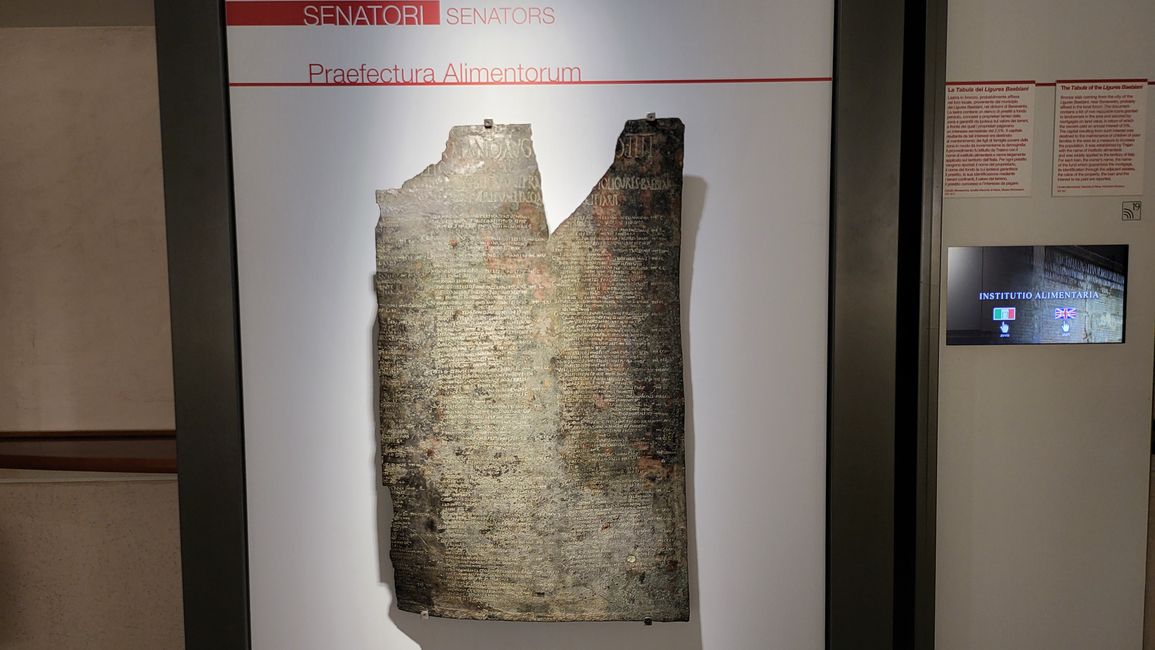
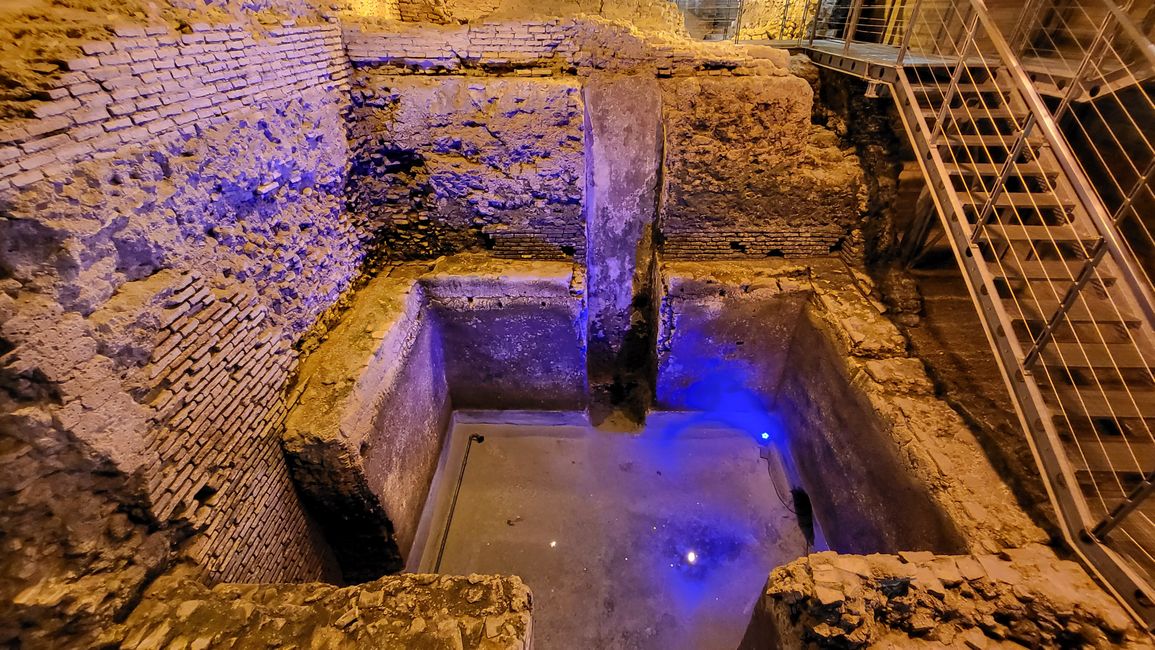
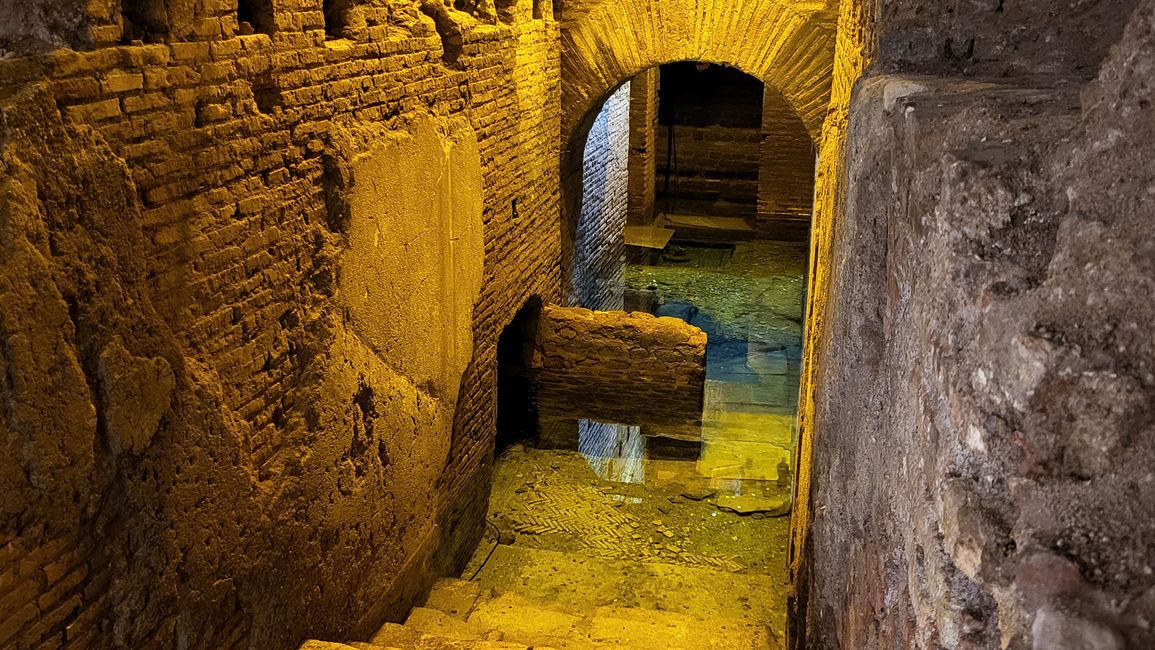
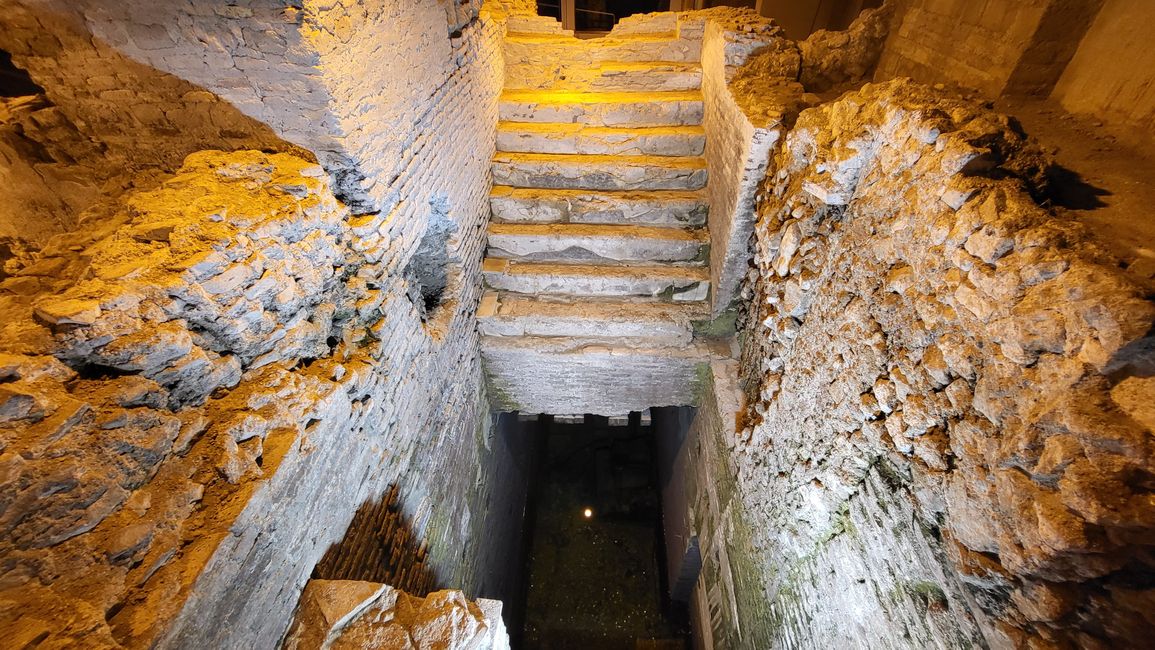
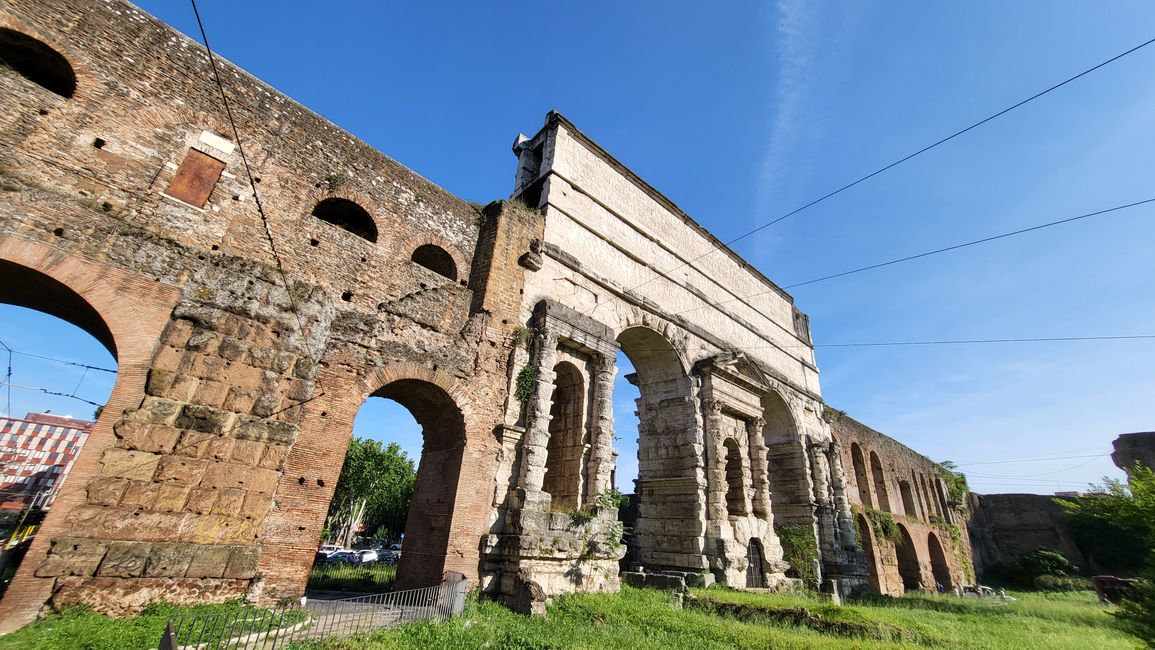

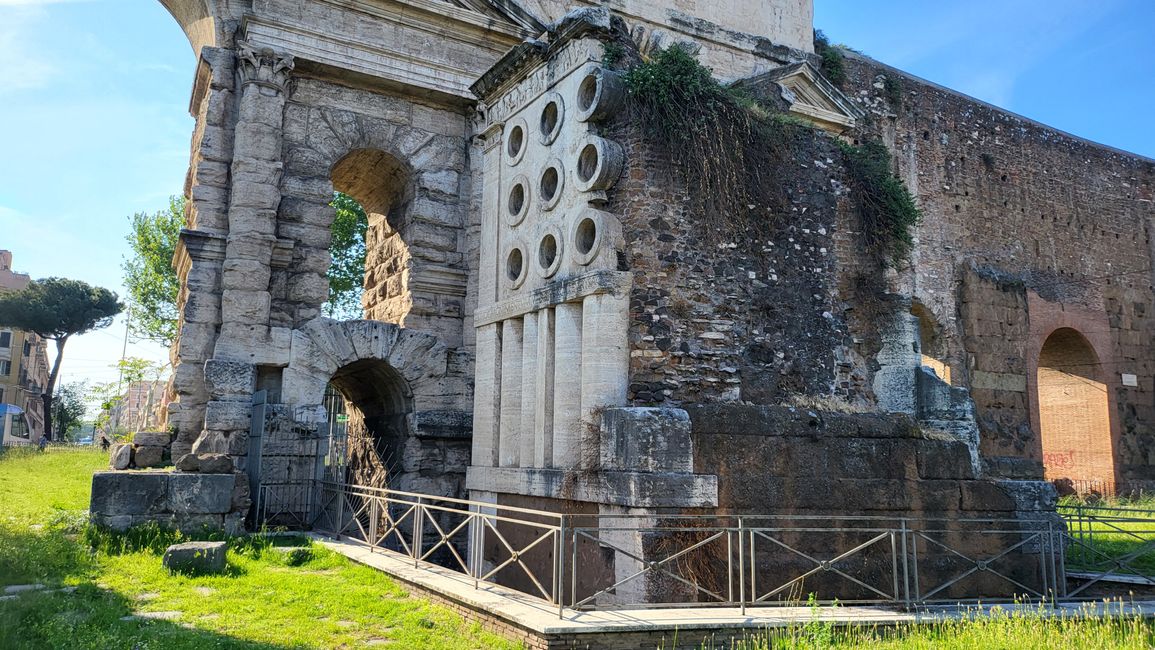

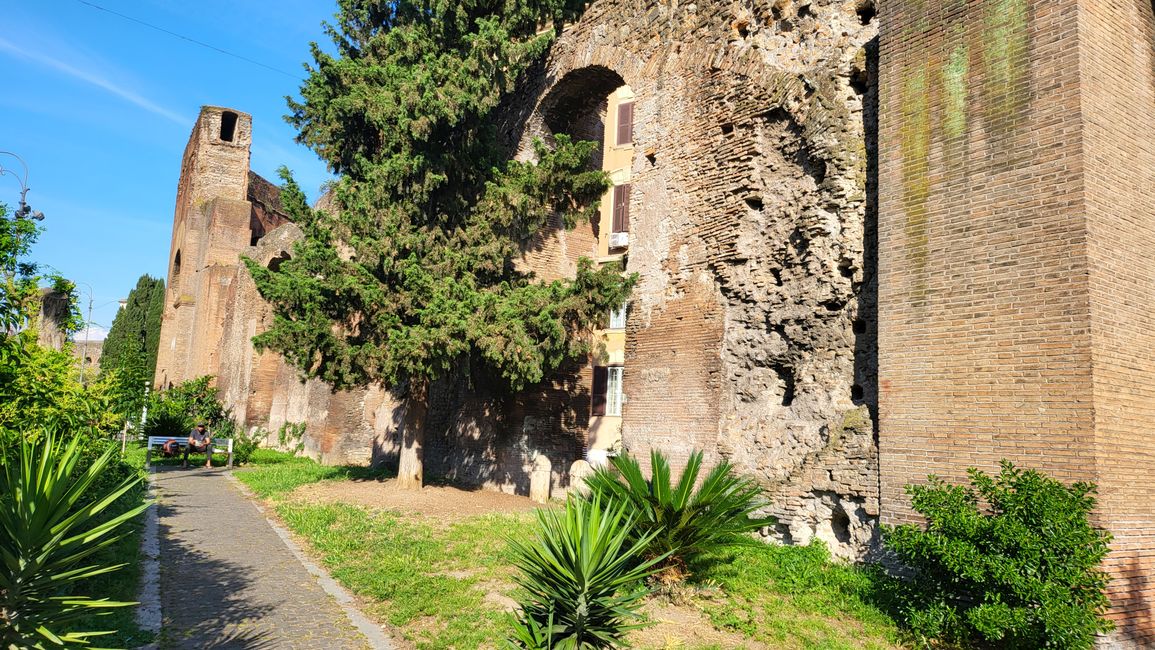
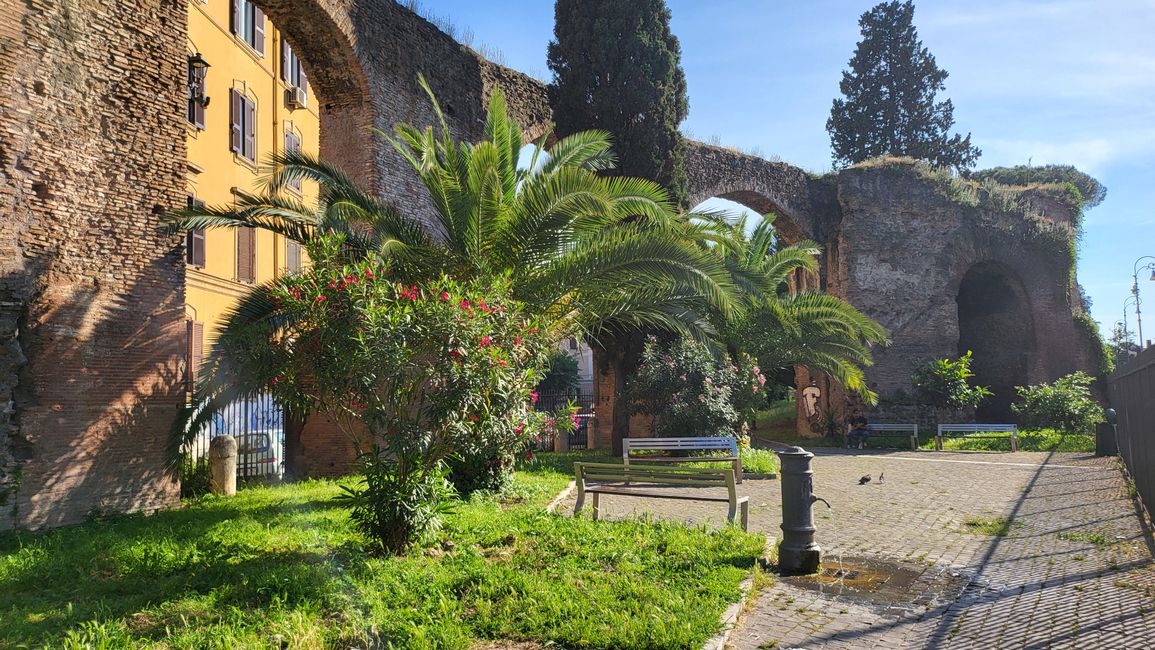

Ingwadiše go Lengwalo la Ditaba
One of the most significant achievements of civilized society in the Roman Empire was the city's water supply system. An ingenious system supplied the inhabitants of Rome with water and ensured disposal via sewage canals. These engineering installations ensured hygienic conditions that were not achieved even many centuries after the collapse of the empire. We visit three facilities where this water infrastructure can be seen archaeologically. Unfortunately, all three places had their drawbacks.
I chose the Baths of Diocletian near Termini Central Station as the thermal baths. The main station got its name from these baths. The thermal baths were one of the largest in ancient Rome. After ancient times, certain parts of the baths were used for religious purposes, meaning that they were preserved. I chose this bath for subjective reasons, as opposed to the Caracalla Baths, because Caracalla was a cruel ruler and Diocletian's government reforms led to a positive development of the Roman Empire. The visit was sobering, however, as not only were the explanations, signs and displays very poor, but the large Aula Decima (entrance hall) was almost completely closed off due to event displays and you could only go as far as the tomb of Platorini, who was an important overseer of coin minting in 18 BC and whose family tomb was placed in the hall in 1880. So if you want to see something of the thermal baths, you should go to the church of Santa Maria degli Angeli e dei Martiri, which used to be part of the thermal baths.
The epigraphic museum in the museum section of the thermal baths was what caught my interest. Despite the tiring number of grave inscriptions, some of the exhibits were very interesting. Various water pipe inscriptions were on display. A small drinking bowl with engraved election propaganda referred to the elections in 62 and 63 BC with the candidates for the consulate Sergius Catilina and Lucius Casius Longinus (who became praetor with Cicero in 66 BC). Catilina was defeated and started the famous conspiracy that Cicero so eloquently uncovered and fought against. The drinking bowl also shows that Marcus Porcius Cato ran for the office of tribune of the people and was elected. The Tabula of Ligures Baebiani is a bronze plate from the Ligurian town of Baebiani, which was probably installed in the forum there. The document contains a list of non-repayable loans granted to landowners in the region, secured by mortgages on the value of the land, for which the owners had to pay an annual interest rate of 5%. The capital resulting from this interest was intended for the maintenance of the children of poor families in the region as a social policy measure. This scheme was founded by the Emperor Trajan under the name of institutio alimentaria and was widely applied throughout Italy.
The second destination was the Vicus Caprarius, which is highly praised on the internet and is mightily referred to as the "water city". When we got there, there was a barrier tape with a sign saying that only people with a reservation would be allowed in. That sounds even more exciting if the crowds were so big. After a stroll through the city, I finally had the opportunity to make a reservation, which had to be done via WhatsApp. The time I had chosen a little in advance was then confirmed. Then I had to wait a little and pay the 4 euro entrance fee per person at the confirmed time. You went into a small cellar with a few metal walkways and... you were done. A few walls of part of a water supply system, effective LED lighting, a few broken exhibits... after ten minutes you were outside again. Luckily I hadn't bought the expensive audio guide. This is well-promoted tourist rip-off, which they simply wanted to make a little more attractive and exciting by making the mysterious reservation requirement a little more. So my tip: if you go to Rome, buy an ice cream for the 4 euros in one of the many ice cream parlors in the area. Unfortunately, we lost a lot of time because of this “theater”.
All hopes of seeing the old Roman water infrastructure now rested on the Porta Maggiore, the old city gate, which was integrated into an aqueduct and stands at a point where various aqueducts meet. Emperor Aurelian had also connected the city wall with this section. Demolitions then showed beautiful cross-sections of the aqueducts with the water channels inside. The might and size of these buildings are particularly impressive and are clearly visible here. On one side of the wall is the grave of a master baker who must have been a wealthy citizen because of this grave site. The tomb of Eurysaces dates from 30 BC and the round holes in the tomb ruins are supposed to symbolize troughs for kneading bread dough. However, this tomb complex and the entire busy square are in a rather run-down state. In addition to garbage, it is mainly the graffiti (a bad habit throughout Rome and probably in many European cities) that creates this sad impression. How the great Roman heritage can be better enhanced in terms of urban design can be seen right next door in Via Statilia, where the Aqua Claudia aqueduct continues. There, the impressive aqueduct arches have been integrated into a park (Parco di Via Statilia) for use by local residents, with benches, plants, pine trees and a watering hole.
Speaking of water points, even today there are numerous public water points in Rome, the so-called "Nasoni". The word is derived from the Italian "nose" (naso), because in many places the water comes out of a bent pipe, like a nose. The one water point in my photo probably had a flat nose. ;-) At the water points you can fill up your water bottle and refresh yourself with the cool water on hot days. Great facility!
Ingwadiše go Lengwalo la Ditaba
Karabo
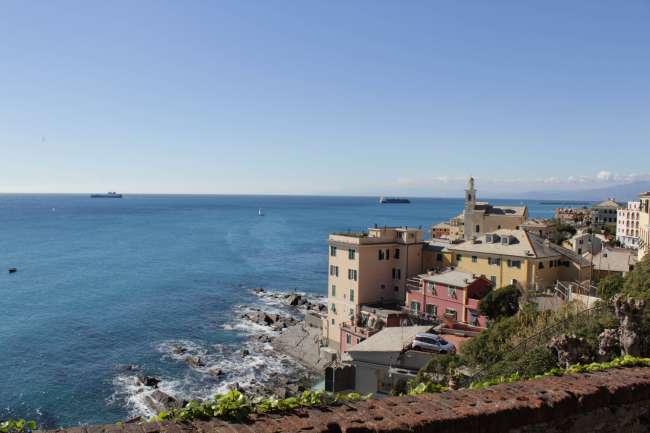
Dipego tša maeto Italy
